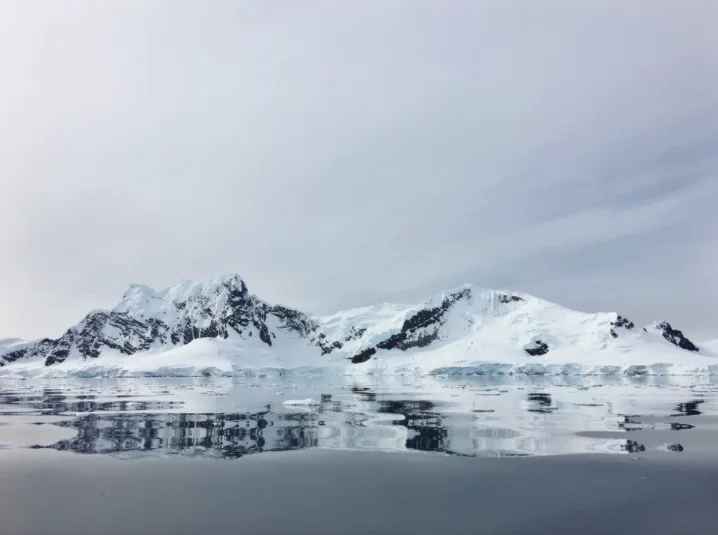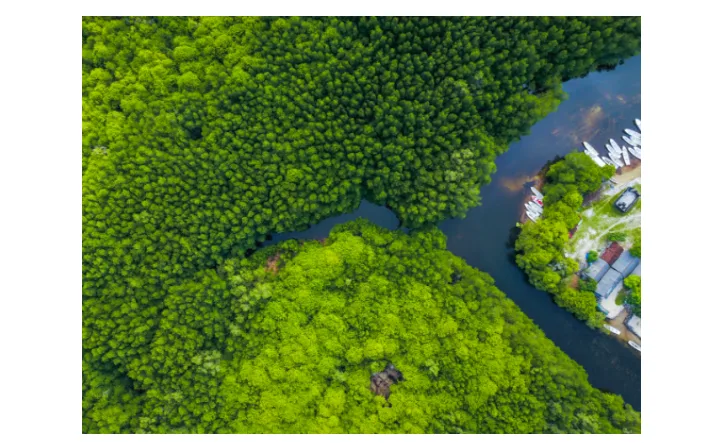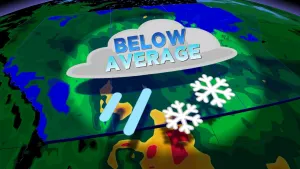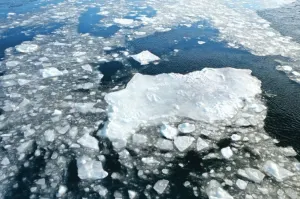
How we can protect irrecoverable carbon in Earth’s ecosystems
Scientists say that more conservation efforts are needed to ensure that ecosystems can continue absorbing large amounts of carbon dioxide.
Earth Day is celebrated each year on April 22 and this year marks the 50th anniversary since the campaign first launched. The event encourages increased awareness of the environment as well as actions and commitments that will reduce the negative impacts humans have on the planet.
Fighting climate change is central to Earth Day and some of the actions that the campaign recommends include using less electricity, taking public transit or walking instead of driving and other choices that reduce our carbon footprint. In addition to these individual behaviours, climate scientists say that more conservation efforts are needed to ensure that ecosystems can continue absorbing the large amount of carbon dioxide that we release.
Protecting ecosystems that capture carbon is becoming a critical step to help us manage our growing greenhouse gas emissions and warming atmospheric temperatures. Some natural habitats are more effective than others at storing carbon dioxide and a new study finds that certain regions that act as carbon sinks, any natural reservoir that absorbs more carbon than it releases, must be prioritized as ecosystem stewardship expands and improves.
Carbon is both captured and released by ecosystems, but the warming atmospheric temperatures are causing a growing amount of carbon to be released from sources that once acted as carbon sinks. Data from the study shows that warming Arctic temperatures are causing soil in this region to release more carbon in the winter than northern plants can absorb during the summer, which is raising concerns that carbon emissions from the environment will amplify climate change in the coming decades.

Credit: Cassie Matias/ Unsplash
While it is clear that reducing human-induced climate change will improve the health of the planet, conservation efforts need to focus on protecting specific habitats. The problem: which ecosystems have the biggest responses to these efforts and how easily can the damages suffered be reverted? In the study, researchers set out to investigate viable solutions.
Some of the carbon found in ecosystems is considered irrecoverable, which means that once it is lost it cannot be recaptured. The researchers found that protecting irrecoverable carbon is “to a large degree within the direct, localized control of humans” and that certain ecosystems yield the greatest benefits from conservation and mitigation efforts.
The study analyzed all the major marine, freshwater and coastal ecosystems on Earth and categorized them by their size, carbon stocks (the amount of carbon they store) and how quickly they gain or lose carbon when their land-use is changed. Their analysis resulted in a framework that can identify which ecosystems contain the highest amounts of irrecoverable carbon and which respond best to human management.
Their findings emphasize that carbon that could become irrecoverable by 2050 should be given the highest priority–with consideration to other factors such as biodiversity, watershed protection, cultural importance and ecosystem services, such as water purification.
See below for a breakdown of the framework that the researchers have provided to protect these ecosystems.
MANAGEABILITY AT THE LOCAL SCALE
Determining whether or not the amount of carbon stored in the ecosystem can be managed by humans is the first step to gauging how it should be prioritized. The researchers note that there are some ecosystems that cannot be influenced by local decision-making and are beyond direct control. Ecosystems with permafrost are an example of those that cannot be managed because the melting ice is mainly influenced by increasing global temperatures, not local decisions.

Credit: Dương Trí/ Unsplash
MAGNITUDE OF VULNERABLE CARBON
After an ecosystem is considered to be manageable, the magnitude of vulnerable carbon that can be stored is assessed. This is the amount of carbon that will likely be released if the ecosystem is used for different purposes, such as harvesting lumber in boreal forests or using grasslands for farming.
The study says that land-use decisions have been the primary driver of changes in carbon stocks for most ecosystems including forests, grasslands, peatlands and mangroves.
It is estimated that 2.3 million km2 of forest cover was lost between 2000 and 2012 due to thousands of local decisions across the world. Agricultural expansion into tropical regions and forestry in boreal and temperate regions were cited as the main source of human-driven loss. Ecosystems that do experience land-use changes permanently lose an estimated three gigatonnes of carbon dioxide.
RECOVERABILITY OF ECOSYSTEM CARBON IF IT’S LOST
An ecosystem can capture carbon even after it has lost some of its stock and researchers assess this criterion by looking at the amount of carbon that can be recaptured over time and the average rate it captures it back.
Mangroves and peatlands have the highest amounts of irrecoverable carbon due to the high density of biomass and rich soils with bacteria and fungi that digest dead plant matter. Other ecosystems, such as farmland, store smaller amounts of carbon because of the lower levels of biodiversity and practices that release carbon, such as tilling soil.

A mangrove forest in Indonesia. Credit: Joel Vodell/ Unsplash
Soil can capture carbon after some has been lost, but the researchers say that a portion of the carbon would remain irrecoverable for a few decades because of the extreme changes in the climate. While it is unlikely that ecosystems will lose all their irrecoverable carbon stores in the upcoming decades, only a small proportion of them can be considered secure without proactive planning and interventions.
The study states that tropical and temperate grasslands can recover the full magnitude of their vulnerable carbon in just 30 years, whereas recovery for boreal and tropical peatlands would take over 100 years, making these areas a priority.
FUTURE INFLUENCE OF CLIMATE CHANGE
While the framework provides recommendations for the current climate conditions, the study notes that warming temperatures will continue to present new challenges. The annual area of peatlands burned in North American wildfires has more than doubled in the past several decades due to regional warming. Drought and destructive pest outbreaks in forests in western Canada have all contributed to the loss of irrecoverable carbon, which means that the approaches within the study’s framework will need to be reassessed over time.
The researchers note that global ecosystems are not at the point of no return, but caution that their futures are uncertain and rely on direct strategies that will improve ecosystem resilience. These efforts include pest and fire management, protecting biodiversity, assisting with animal migrations and reducing deforestation in the tropics.
International organizations are collaborating to lead this movement and are calling for increased protection and restoration of global ecosystems. The National Geographic Society and the Wyss Campaign for Nature have partnered to create the Campaign for Nature, which is an ambitious initiative that aims to protect 30 per cent of the planet by 2030.
The campaign asks policymakers to implement regulations, mobilize financial resources and enhance biodiversity conservation that fully integrates and respects Indigenous leadership and Indigenous rights. Protecting this 30 per cent of the planet was chosen based on a draft plan released by the United Nations that outlines that this would prevent a mass extinction crisis and would support a growing global population.











